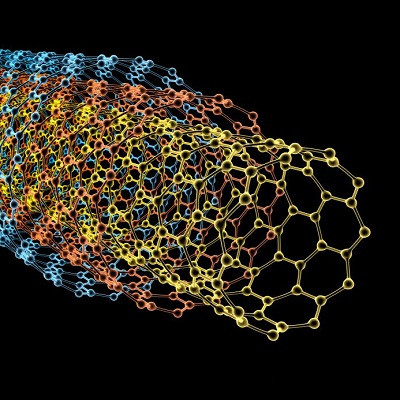
2020-09-07
Visited : 2811
The European Chemicals Agency (ECHA) has posted the German Federal Institute for Occupational Safety and Health’s (BAuA) substance evaluation conclusion document for multi-walled carbon nanotubes (MWCNT), synthetic graphite in tubular shape and tangled. The conclusion provides a summary of how the information on the substance can be used for the purposes of regulatory risk management.
Concern(s) Subject to Evaluation
MWCNTs were originally selected for substance evaluation to clarify concerns about:
- Wide spread use;
- Consumer use;
- Discrepancy in self-classification between different registrants of the joint submission(s);
- Differences in physico-chemical properties that affect toxicity, e., number of different registered nanoforms and the choice of representative test material(s);
- Suspected specific target organ toxicity – repeat exposure (STOT RE) (differing no observed adverse effect levels (NOAEL)/no observed adverse effect concentrations (NOAEC) in several animal studies using different forms of the same test material);
Suspected carcinogen;
- Effects on environmental organisms;
- Suspected environmental exposure;
- Cumulative exposure; and
- Suspected persistency.
During the evaluation, BAuA identified further concerns for most of the examined Human Health (HH) endpoints, precluding final conclusions with regard to the hazard assessment of the substance.
Overview of Other Processes/EU Legislation
There are no other ongoing or concluded processes at the EU level for the registered substance. In 2019, the German Competent Authority (DE-CA) submitted to ECHA a harmonized classification and labeling (CLH) proposal for rigid MWCNT with World Health Organization (WHO) fiber dimensions.
Conclusion of Substance Evaluation
The evaluation of the available information on the substance has led Germany to the following conclusions, as summarized in the table below.
According to the report, in the framework of the substance evaluation, it was not possible to resolve the concerns described above. The report states that based on ambiguities regarding the registered nanoforms, as well as based on the late updates of some of the dossiers at the very final stage of the substance evaluation, “it does not seem expedient to conclude on the substance evaluation with a decision on data requests at the present time.”
The report notes that as of January 1, 2020, companies must provide more information on nanomaterials on the European Union (EU) market under the updated Annexes to the Registration, Evaluation, Authorization and Restriction of Chemicals (REACH) regulation. In BAuA’s opinion, “these information requirements were not (adequately) addressed by the registrants yet. Thus, further action is needed.”
According to the report, BAuA currently considers it necessary for ECHA to examine first if all information according to REACH Annex VI are available within the framework of a compliance check. If information is missing, these data should be requested by respective decisions. Once all data are available, it has to be decided if further information is needed to clarify a remaining concern and if this should be requested in the framework of a compliance check or a substance evaluation.
Apart from potential requests as consequences of a compliance check, the report urges registrants to update their dossiers and/or develop testing proposals to adhere to REACH requirements.
| Conclusions | Tick Box |
| Need for follow-up regulatory action at EU level | |
| Harmonized Classification and Labeling | |
| Identification as Substance of Very High Concern (SVHC) (authorization) | |
| Restrictions | |
| Other EU-wide measures | |
| Currently no need for regulatory risk management follow-up action at EU level; outcome of compliance check needs to be awaited first |
Currently No Follow-Up Foreseen at EU Level
Not possible for the time being. Compliance check is needed first.
Tentative Plan for Follow-Up Actions (If Necessary)
| Follow-Up Action | Date for Intention | Actor |
| Compliance check | To be determined (TBD) | ECHA |
| Potential inclusion to the Community Rolling Action Plan (CoRAP) for resuming substance evaluation | TBD | DE-CA |
According to the report, the need for a re-opening of the substance evaluation process will be determined based on the outcome of the new information generated via the Compliance Check procedure.
Read the original article on National Law Review.